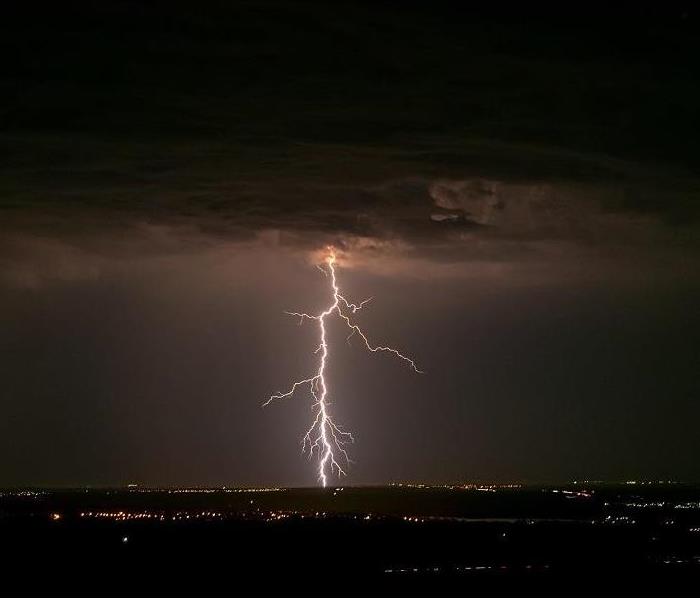Safety in Dutchess County: Dispelling Some Common Myths About Lightning
11/11/2021 (Permalink)
When it comes to severe weather, one of the biggest dangers that can impact those in its path would be lightning strikes. Flash flooding is more deadly, but lightning is still responsible for nearly 70 deaths and over 300 injuries every year in America—and because every single thunderstorm contains lightning, the chances of getting struck are rather high.
There are also quite a few myths about lightning that are frequently repeated, but mostly unsubstantiated. Understanding lightning safety is so important to protecting yourself and others during severe weather. Here are some of the persistent myths pertaining to lightning strikes and severe weather.
Dispelling a Few Common Myths Regarding Lightning Strikes
Myth #1: If you can’t see lightning, it is not a threat.
**Fact: Lightning is always a threat if there is a thunderstorm nearby.**
While thunder may sound dramatic, it is actually not thunder that is a threat in the event of a thunderstorm—lightning is. Lightning is actually what produces thunder, as the sound of the clap occurs from lightning striking either between clouds or toward the ground. That means that if you hear thunder, you are within a range to be struck by lightning even if you have not yet seen a strike.
Myth #2: “Heat lightning” is not a threat.
**Fact: “Heat lightning” does not exist, and is simply lightning that is too far away for thunderclaps to reach you.**
The concept of heat lightning is completely a myth. If you see lightning, even if you do not hear any thunder or it is not currently raining, you are within the potential range of a lightning strike and could be in danger. “Heat lightning” is simply lightning from a storm in the distance that may not have reached you yet.
Myth #3: If there is no rain, there is no threat of lightning.
**Fact: Lightning can strike away from the storm’s center.**
Lightning can strike away from a storm’s center, spanning a radius of nearly 10 miles. Even if it is not actively raining or storming in your area, it is wise to seek cover any time there is a storm nearby to avoid getting struck by lightning from a distance.
If your home or business has been hit by lightning and suffered fire or smoke damage, give us a call 24/7 to speak with a live team member to get the much-needed help started!





 24/7 Emergency Service
24/7 Emergency Service
